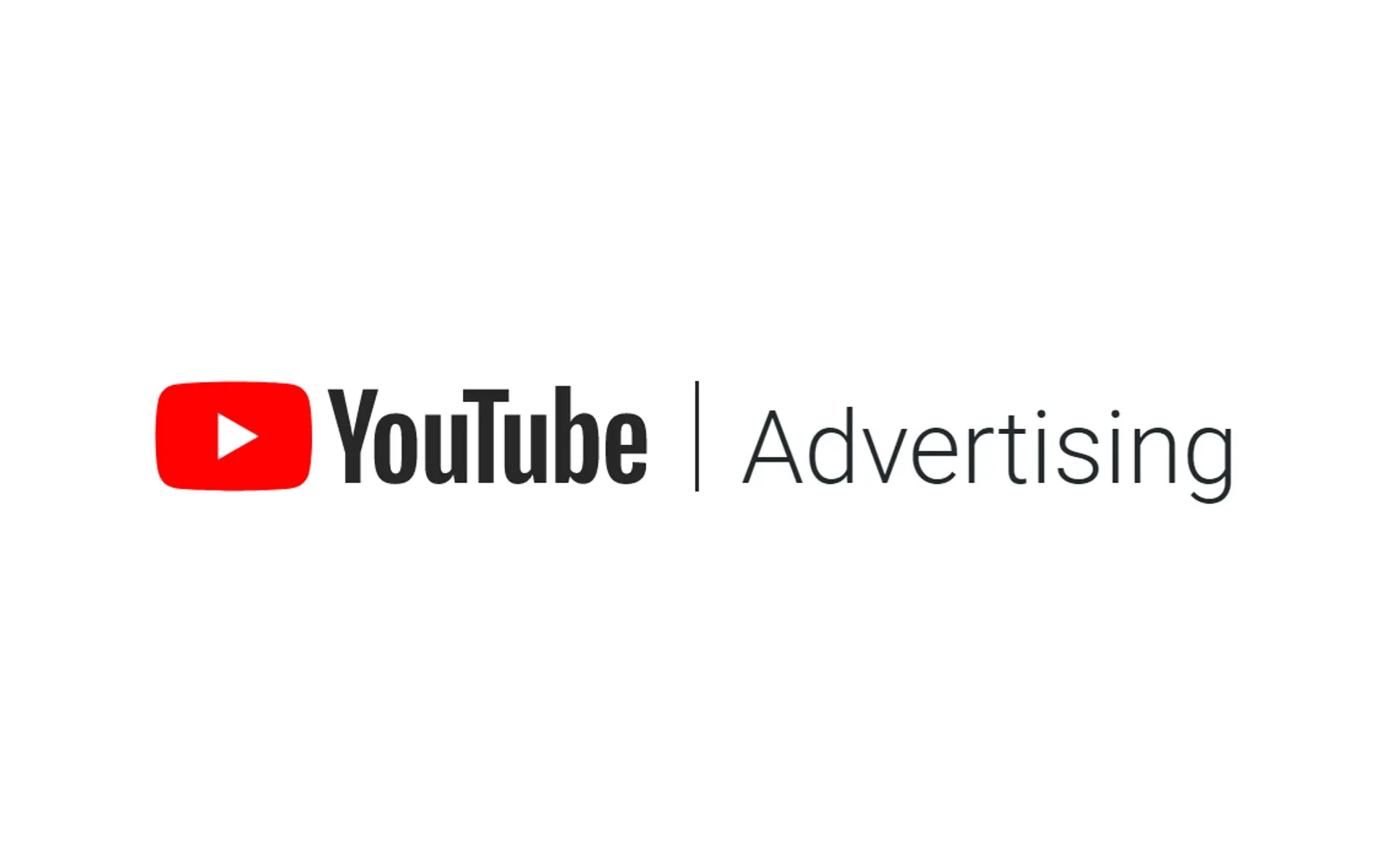DV360 enhances YouTube advertising with new planning features
Google introduces efficient reach line items, 30-second ads for YouTube Select, and phases out Digital Content Labels

Google's Display & Video 360 platform is set to introduce updates to its YouTube advertising capabilities, as announced on September 23, 2024. These changes aim to provide advertisers with more flexibility in campaign planning and execution while simplifying the overall advertising process on YouTube.
One of the key updates is the introduction of support for planning YouTube & partners efficient reach auction line items. This new feature allows advertisers to forecast and plan campaigns using a combination of ad formats, including in-stream (both skippable and bumper ads), in-feed, and Shorts advertisements.
According to the announcement, advertisers will have the ability to select which ad formats they want to include in their forecasts. This flexibility enables more precise planning and potentially more effective campaign strategies.
The efficient reach line items are designed to help advertisers achieve broader reach or higher frequency, depending on their campaign goals. By combining multiple ad formats, advertisers can potentially reach viewers across various touchpoints on YouTube and partner sites.
30-second non-skippable ads for YouTube Select
Another significant addition is the support for 30-second non-skippable in-stream ads in reservation plans targeting YouTube Select. This update provides advertisers with a new option for delivering their message to a highly engaged audience.
YouTube Select is a curated content lineup that offers advertisers access to some of the most popular and brand-safe content on the platform. The introduction of 30-second non-skippable ads in this context allows for more in-depth storytelling and brand messaging.
To streamline the planning process, Display & Video 360 is implementing a simplified experience for YouTube advertising. Advertisers will now be required to make an initial selection between auction and reservation (guaranteed) plans. This change aims to create a clearer distinction between the two buying methods and help advertisers choose the most appropriate option for their campaign goals.
Sunsetting of digital content labels for YouTube campaigns
In a move to simplify and enhance suitability offerings, Google is phasing out Digital Content Labels (DCLs) for YouTube campaigns, with the exception of the 'Content suitable for families' label. This change is scheduled to take effect in October 2024.
Digital Content Labels have been used to classify domains and apps according to their brand safety levels. However, starting next month, DCLs applied at the advertiser and line item level will no longer impact YouTube & partners line items.
To ensure continuity in campaign performance and brand safety, advertisers are advised to review their current inventory mode settings. It's crucial to verify that the selected mode aligns with the desired level of suitability for each campaign.
As an alternative to DCLs, advertisers are encouraged to utilize other suitability controls provided by the platform. These include:
- Placement exclusions: Allowing advertisers to prevent their ads from appearing on specific YouTube channels or videos.
- Keyword exclusions: Enabling advertisers to avoid having their ads shown alongside content containing certain keywords.
These tools offer more granular control over ad placements and can help maintain brand safety standards in the absence of Digital Content Labels.
Implications for advertisers
These updates to Display & Video 360 have several implications for advertisers:
- Enhanced planning capabilities: The support for efficient reach line items in planning allows for more comprehensive campaign strategies that leverage multiple ad formats.
- Improved storytelling opportunities: The introduction of 30-second non-skippable ads for YouTube Select provides a platform for more detailed brand messaging.
- Simplified planning process: The new requirement to choose between auction and reservation plans at the outset streamlines the campaign setup process.
- Adaptation to new suitability controls: With the phasing out of Digital Content Labels, advertisers will need to familiarize themselves with and implement alternative suitability measures to maintain brand safety.
- Potential for broader reach: The combination of efficient reach line items and multiple ad formats may allow advertisers to reach audiences across various YouTube experiences more effectively.
Preparing for the changes
To prepare for these updates, advertisers should consider the following steps:
- Review current campaigns: Examine existing YouTube campaigns and assess how they might benefit from the new efficient reach line items or 30-second non-skippable ad options.
- Update suitability strategies: With the sunsetting of Digital Content Labels, develop new strategies using placement and keyword exclusions to maintain brand safety standards.
- Plan for the transition: Begin planning how to incorporate these new features into future campaigns, considering the potential for improved reach and engagement.
- Stay informed: Keep abreast of any additional guidance or best practices that Google may release regarding these new features.
These updates to Display & Video 360 represent Google's ongoing efforts to enhance its advertising platforms and provide advertisers with more powerful tools for reaching their target audiences. As the digital advertising landscape continues to evolve, such updates are crucial for maintaining effectiveness and relevance in online marketing strategies.
Advertisers should stay tuned for any additional information or refinements to these features as they are rolled out in the coming weeks. The full impact of these changes will likely become clearer as advertisers begin to implement and test the new capabilities in their campaigns.
Key Facts
- Announcement Date: September 23, 2024
- Implementation Date for Digital Content Label Changes: October 2024
- New Features:
- Support for planning YouTube & partners efficient reach auction line items
- 30-second non-skippable ads for YouTube Select in reservation plans
- Simplified planning experience requiring initial selection between auction and reservation plans
- Discontinued Feature:
- Digital Content Labels (DCLs) for YouTube campaigns, except 'Content suitable for families'
- Alternative Suitability Controls:
- Placement exclusions
- Keyword exclusions

